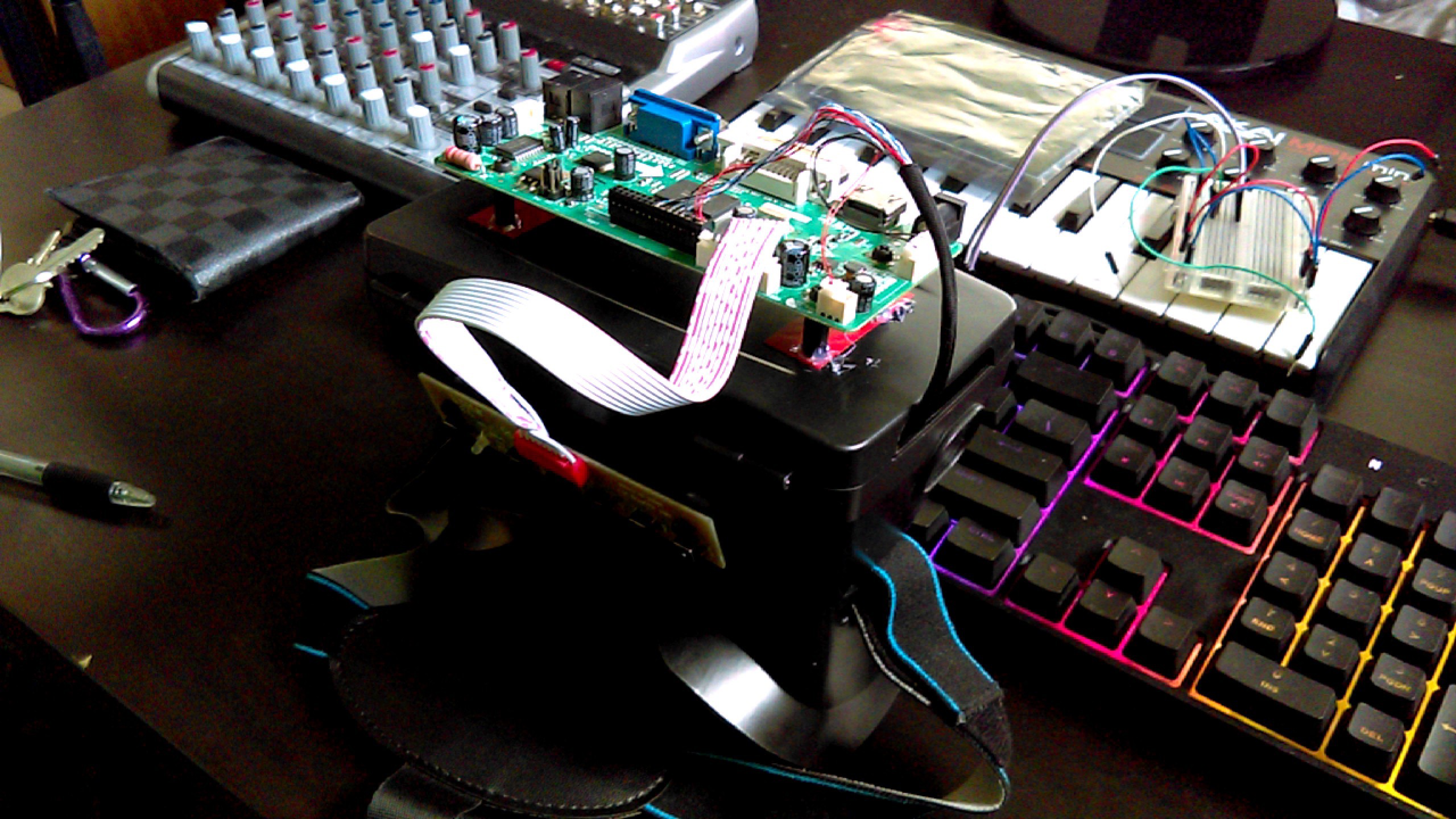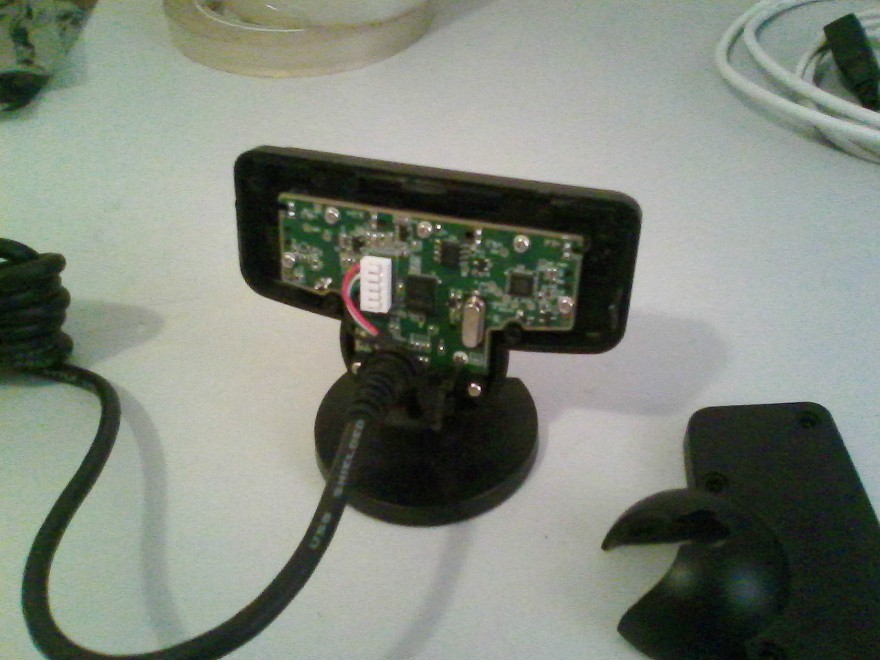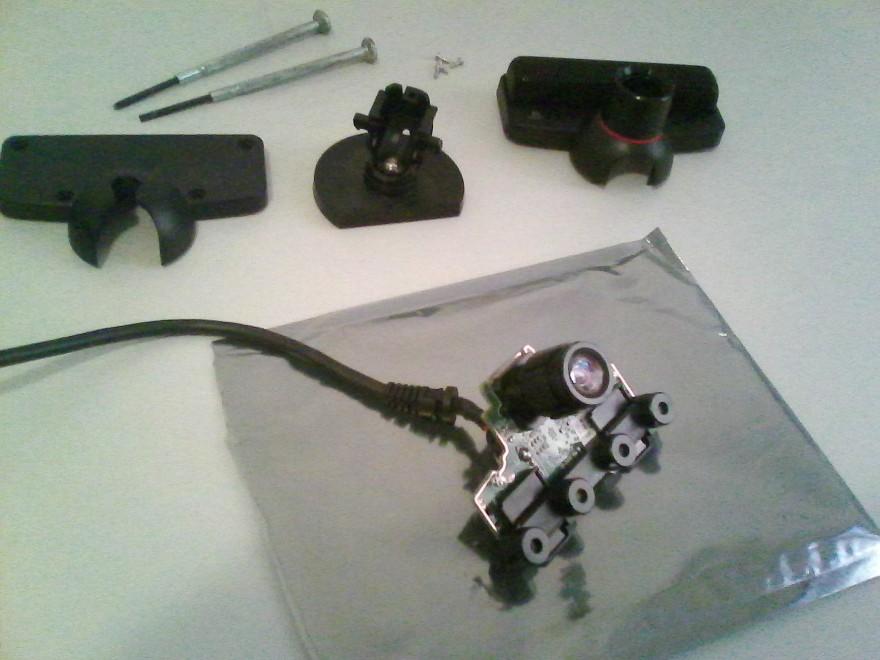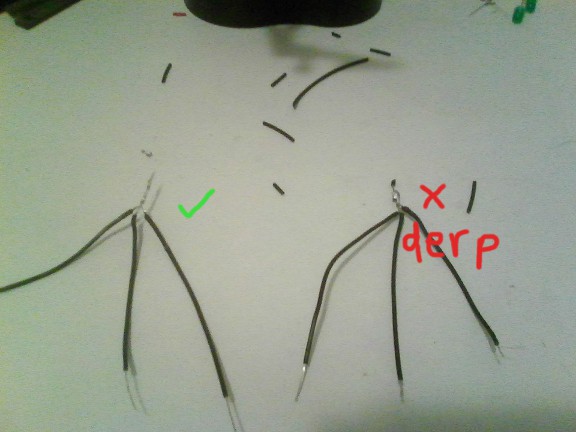My basic understanding of how VR/HMD's work is:
- a screen displays a stereoscopic image (layman terms: side by side, exactly in half), half the screen for each eye
- the image is distorted by a barrel effect to simulate the human eye field of view
- software determines exactly which angle the image should be displayed at for each eye, in regards to the position of the headset
- the screen is magnified by two focal lenses positioned at a specific distance from the display
- the human eye merges these two images together (the exact same way the human eye view things normally)
- sensors like gyroscopes and accelerometers which are built into the headset are used to determine the yaw, pitch, rotation and roll in arbitrary 3D space - simulating 'air mouse' (using your head as a mouse)
Wut my plan is:
Construction of HMD:
- Connect display and control board up, test display, check if computer registers display
- Position PCB's on VR headset:
- glue standoffs for both PCB boards to goggles
- attach control board and switch board
- glue display into headset
- Glue standoffs to back of display
- Position display in goggles
- Glue display into goggles
DIY EDTrack tracking (as an alternative to the IR setup originally planned):
- Construct DIY EDTrack
- Flash the micro Arduino
- Calibrate
 cheese
cheese





 In the last post I made (all the way back in 2016)
In the last post I made (all the way back in 2016) 




















 fl@C@
fl@C@
 WJCarpenter
WJCarpenter
 Stefan-Xp
Stefan-Xp
How are you mounting the control board to the device?